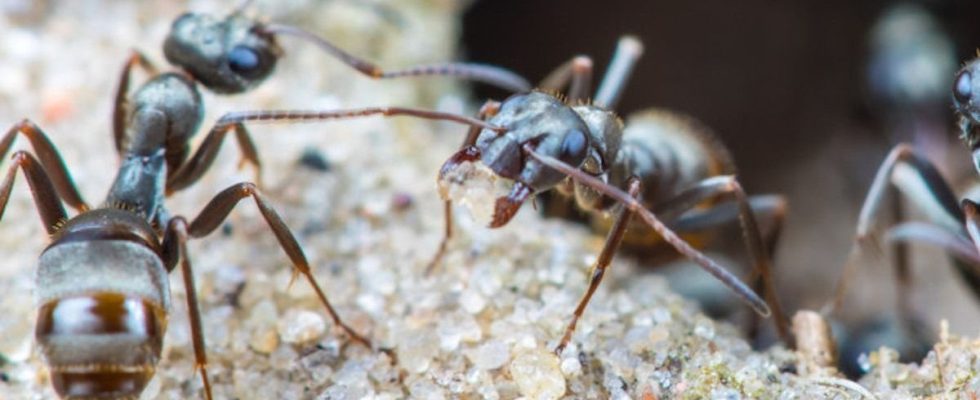Published on
Updated
Reading 2 min.
The tick, easy prey for ants, knows how to detect their proximity thanks to chemical signals, according to a study, which suggests that these same signals could be used in humans as a repellent of the insect, certain species of which are vectors of diseases like Lyme.
In the United States, Ixodes scapularis, also called deer tick, uses this animal to feed on its blood. Failing that, she falls back on the passing human. With the risk of transmitting, among the pathogens it carries, that of Lyme disease, the symptoms of which range from simple itching to neurological disorders.
In Europe, Ixodes ricinus, a cousin, plays the role of vector of this pathogen.
In both cases, the insect prefers a habitat of undergrowth or high leaves which protects it from the sun. But it shares it with other species, including one of its predators, the ant.
The latter uses an arsenal of chemical signals to coordinate the defense of its nest or the collection of food. Signals that spiders or bees know how to recognize to better avoid a dangerous encounter. But ticks?
We knew nothing about it until the study carried out by a team of researchers from Canada’s Simon Fraser University and published Wednesday in Royal Society Open Science.
An effective alarm signal against ticks
They hypothesized that a species of common ant in Canada, Formica oreas, emitted a combination of its usual venom, formic acid, and pheromones marking its territory, as an alarm signal.
And that a tick knew how to detect these signals, which are very significant around an ant nest, according to the study.
The researchers tested their hypothesis by placing ticks in a small container equipped with two short tunnels each leading to another container, whose floor made of a paper filter was neutral on one side and soaked in chemical signals from ants. the other.
Ticks reacted strongly to the combination of venom and pheromones, as they did to their artificial versions. On the other hand, the effect of each of the components taken in isolation has not been convincing. The researchers do not exclude that the tick detects other signals emitted by the ants, such as that of the mandibular glands. They are used by other species of ants to alert their fellow ants and some of their organic compounds are found in essential oils used as a tick repellent.
Simon Fraser scientists would therefore like to test a combination of all these ingredients as a repellent that can be used by humans against ticks.
